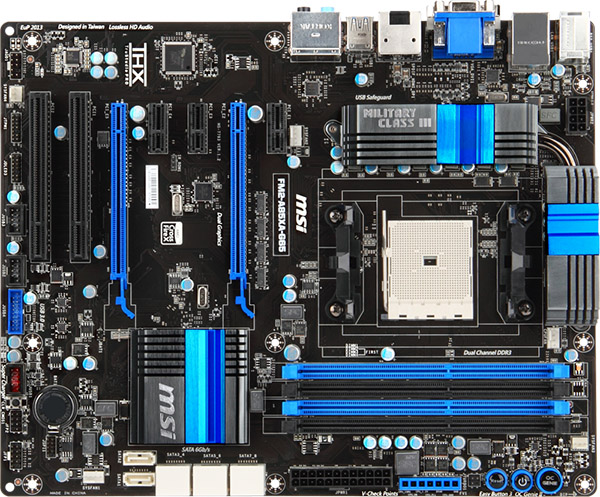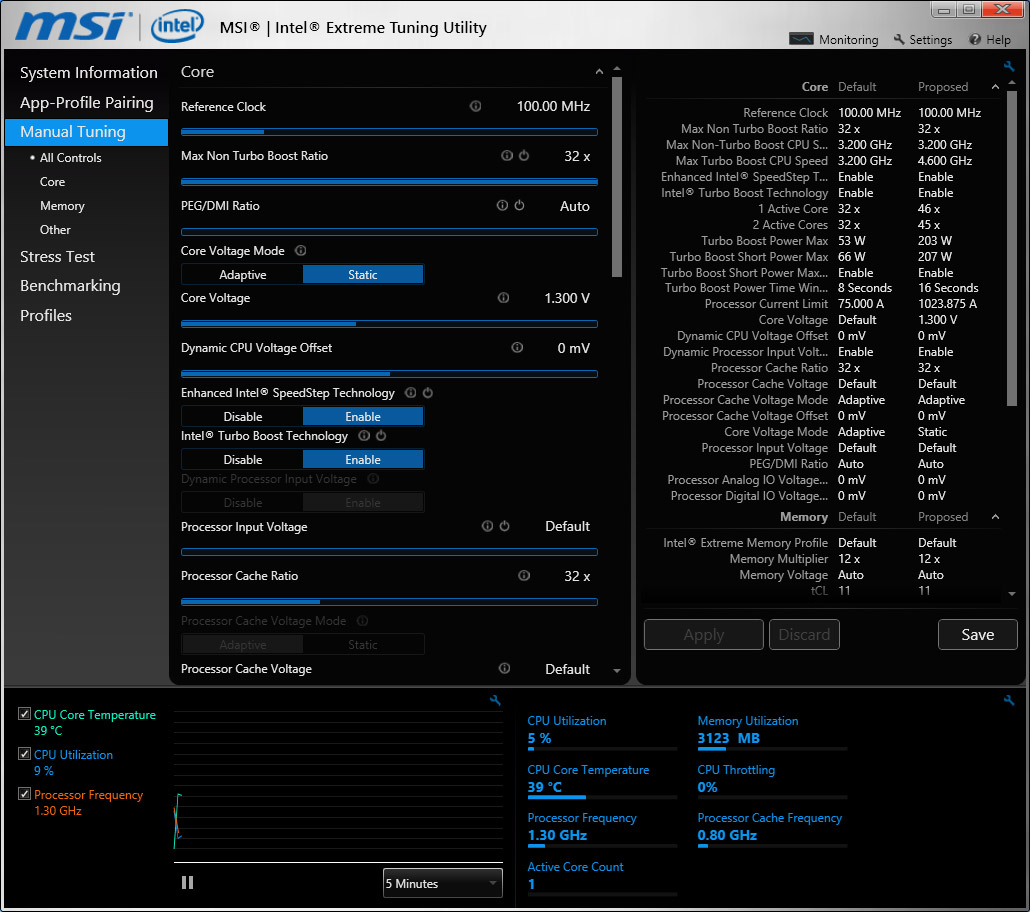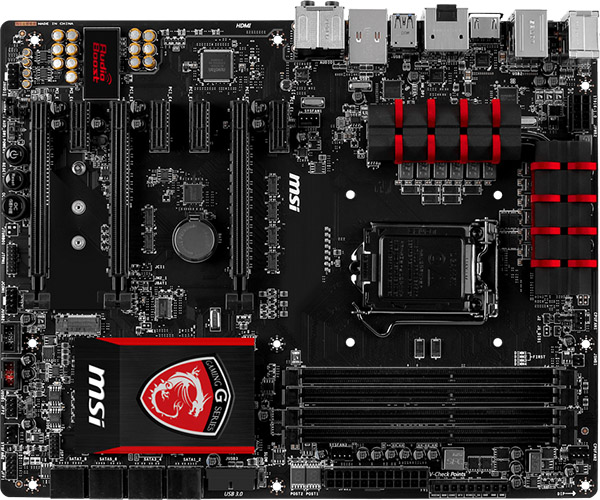Intel Pentium G3258 CPU Review: Haswell, Unlocked, For $75
It's a momentous occasion. Intel now offers an affordable dual-core Pentium with an unlocked multiplier based on its Haswell architecture. How well does it overclock? Can it beat AMD's potent little Athlon X4 750K? We run both through our benchmark suite.
Overclocking Pentium G3258 And Athlon X4 750K
In the past, I could have given you a play-by-play of how a low-cost processor comparison would go, without even touching hardware. The stock AMD CPU would have likely been beaten by Intel’s more efficient architecture, but then we would have overclocked to see AMD step into a more commanding position. Now, with both processors tunable, it’s anyone’s game.
Overclocking Athlon X4 750K
Let’s start with a known quantity. The Athlon X4 750K starts life as a Trinity APU, manufactured on a 32 nm process. Its CPU complex is Piledriver-based. To that end, it features a pair of modules, each with two integer units and a shared floating-point unit. AMD calls this four cores. The company then disables the graphics component of the APU, yielding a pure host processor with no Radeon engine to consume thermal headroom. And yet, the Athlon retains a 100 W TDP rating.
By default, the 750K sports a 3.4 GHz base clock and a 4 GHz maximum Turbo Core frequency. There’s a 3.7 GHz boost state in between, too.
Using MSI’s FM2-A85XA-G65 motherboard, we were able to increase voltage to 1.5 V and get all four cores running at 4.5 GHz through much of our benchmark suite (with a 2.2 GHz northbridge). Unfortunately, random crashes nudged us down to 4.4 and then to 4.3 GHz for total stability in Prime95. Temperature wasn’t the problem. AMD’s OverDrive software reported more than 25 degrees of margin throughout. And we simply didn’t want to push any higher on the voltage.
After slowing to 4.3 GHz, we were able to pull back to 1.425 V for a more comfortable long-term setup.
Overclocking Pentium G3258
With no precedent established, we borrow principles from our Haswell-based K-series CPUs for tuning the Pentium G3258 on MSI’s Z97 Gaming 7 motherboard. An unlocked multiplier makes it easy to test the chip’s upper bound. Given a fairly aggressive voltage on the Athlon X4, we went ahead and used 1.3 V to get Intel’s contender running at 4.7 GHz with both cores taxed and 4.8 GHz in single-threaded workloads. Despite temperatures in the mid-60 °C range, though, that proved unstable through our entire suite.
Eventually, we settled on 4.5 GHz with two active cores and a maximum Turbo Boost setting of 4.6 GHz for unflagging stability under Prime95. That sounds fairly modest for something like a Core i7-4770K. But remember this is a 3.2 GHz CPU overclocked more than 40%.
Get Tom's Hardware's best news and in-depth reviews, straight to your inbox.
Current page: Overclocking Pentium G3258 And Athlon X4 750K
Prev Page An Enthusiast-Oriented Pentium CPU? Next Page How We Tested Intel’s Pentium G3258 And AMD’s Athlon X4 750K-
Heironious Article title says its $75, the picture used says its $3 more than the i3. 75 and it's a deal otherwise no point in paying 3 bucks more for it rather than the i3.Reply -
envy14tpe It's always great seeing the full potential of technology but I'd rather see the Pentium on a mobo somebody would really buy and see how overclocking on a budget would be...more realistic.Reply -
silverblue AMD really needs a new model featuring Steamroller cores and a disabled GPU, say, a 770K. It wouldn't change the gaming scores all that much, but various benchmarks would definitely improve. As it is, the G3258 is a nice processor, but it won't go for that $75 to begin with.Reply -
Smallfilou What if "the fool" who bought that Pentium G and Z97 did so expecting to swap the processor in one year or two for a broadwell, once he got the cash? That would make him a very wise fool indeed... I'd say!Reply
Because of course buying a pentium G and fitting it with a 150USD board and 50USD cooler does not make sens by itself ,but you have a 100% future-compatible system that can be upgraded very very easily... -
knowom Could get a Q9550 for that price on Ebay nice try Intel, but that would kick the crap out of that weak Pentium it's reasonably on par with the i5. Way too damn expensive for what it is in reality.Reply -
BoredErica Hyperthreading is typically considered to be bad for Chess. It increases inefficiencies in search and although you get a larger kilonodes per second which looks nice as a benchmark score, you are actually lowering the strength of the engine. So when I look at Fritz benchmarks on PC sites I take them with a grain of salt.Reply -
lunyone I'd probably look at something like this for this kind of CPU:Reply
PCPartPicker part list / Price breakdown by merchant
CPU: Intel Pentium G3258 3.2GHz Dual-Core Processor ($74.99 @ Newegg)
CPU Cooler: Cooler Master Hyper 212 EVO 82.9 CFM Sleeve Bearing CPU Cooler ($30.99 @ Amazon)
Motherboard: ASRock Z87 Pro3 ATX LGA1150 Motherboard ($90.00 @ Newegg)
Memory: G.Skill Ares Series 8GB (2 x 4GB) DDR3-1600 Memory ($75.99 @ Newegg)
Storage: Seagate Barracuda 1TB 3.5" 7200RPM Internal Hard Drive ($52.92 @ Amazon)
Video Card: XFX Radeon R9 280 3GB Double Dissipation Video Card ($209.99 @ Newegg)
Case: Corsair 200R ATX Mid Tower Case ($49.99 @ Newegg)
Power Supply: XFX 550W 80+ Bronze Certified ATX Power Supply ($44.99 @ NCIX US)
Total: $629.86
Prices include shipping, taxes, and discounts when availableGenerated by PCPartPicker 2014-06-17 04:48 EDT-0400 -
Smallfilou Reply13521069 said:Could get a Q9550 for that price on Ebay nice try Intel, but that would kick the crap out of that weak Pentium it's reasonably on par with the i5. Way too damn expensive for what it is in reality.
No, sorry. That is not true. Check this article:
http://www.tomshardware.com/reviews/ivy-bridge-wolfdale-yorkfield-comparison,3487-10.html
You should overclock your Q9550 to get performance that barely comes close to an ivy-bridge I3 on games and lightly threaded workloads (and it gets stomped by any i5 on any workload)... I personally have an OC'd QX9650 and am not even close. I believe if I change to that Pentium G, and overclock it as well, that would still be an upgrade... -
Memnarchon Reply13520870 said:Having looked, the fool would build a cheap pc with that chip and a z97 board, and the wise man would use the i3 and an h81 board. Similar priced systems..
Yeah that would be better unless Intel decides to let o/c on Pentium with other chipsets like H97.
Leaked BIOS Enables Pentium Anniversary Edition OC on Some MSI H97 Boards
MSI H97 PC MATE ATX LGA1150 Motherboard $88.99
So if this happens and intel decide to let even lower mobo chipsets to do o/c only for pentiums it would be nice to pair $60 mobo, $75 CPU and a $25-30 CM 212 EVO or plus, to a total of ~$160 for a o/c ready system.



